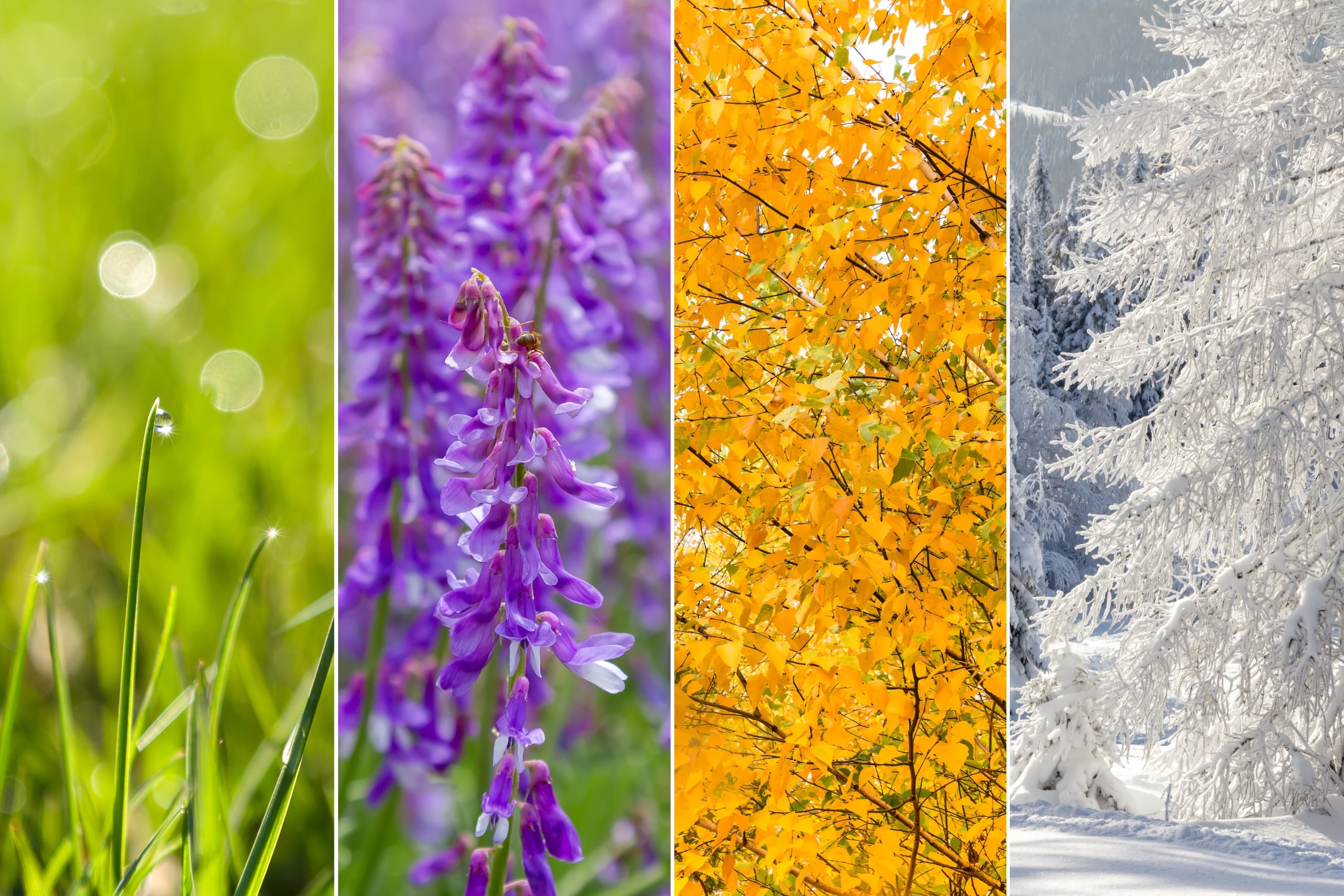
Epoxy flooring is popular in residential and commercial settings due to its durability, low maintenance, and high aesthetic quality. But even with its longevity and impact resistance, many people wonder how it stands against the elements. Can it survive in rain and snow? What about installing epoxy in cold and warm weather?
With two decades of experience working with sealants and epoxy, the family-owned team of professionals at Epoxy Colorado has been tested in all the weather that Colorado throws our way. Here’s our expert insight into the climate suitability of epoxy flooring, including temperature, humidity, precipitation, and sun exposure.
Epoxy is affected by temperature more during its installation phase than when it has already been applied. When epoxy resin and hardener are mixed, a chemical reaction begins, and this chemical reaction is accelerated when temperatures are warmer and slowed down when colder. The cure time and physical properties are impacted when installed in these differing temperatures, mainly to a negative effect when in the cold. In cold temperatures, the epoxy will be thicker and not flow as quickly, leading to incomplete mixing, poor adhesion, uneven appearance, or even coating failure.
The temperature of the surroundings, the concrete to be coated, and the epoxy mixture will affect the speed of the epoxy chemical reaction and the degree to which it can cure. Therefore, it is recommended that conditions be warm during installation or that a special cold-mixing epoxy be required. If you’re determined to install in a cold environment, we recommend using a space heater or other heating means. This may be impossible if it is an outdoor installation during the winter.
Installation aside, epoxy resin can tolerate both hot and cold temperatures, making it an ideal choice for outdoor areas exposed to the elements. It can cope with temperatures as low as -50 degrees Fahrenheit and as high as 200 degrees Fahrenheit. So, as long as the epoxy is installed in fairly average temperatures, your epoxy will easily withstand extreme weather temperatures.
Humidity, just like temperature, affects epoxy flooring, but usually only during the curing phase. If epoxy flooring is subjected to high humidity during the curing process, it will produce a waxy, oily, and sticky consistency and even begin to foam. Because Colorado is so dry, humidity is rarely an issue when installing epoxy. Furthermore, the epoxy will not be affected by humidity after its installation.
If, however, your epoxy is being installed in a humid interior environment, such as a moist basement or indoor swimming pool area, there are specific steps you can take to mitigate any issues caused by humidity. First, the epoxy should be prepared in a dry environment, and the location in which it is installed should be kept at or below 80% humidity during the installation process. Be sure to remove any excess dew or condensation in the workplace, and if you need ways to reduce humidity, consider using a dehumidifier or even try cooling the room temperature to reduce humidity. Outdoor projects in Colorado should be free of any difficulties caused by humidity, but to be sure, don’t install epoxy immediately after it has rained.
In summary, too much humidity can affect epoxy installations. However, once the epoxy has been installed, it will be highly resilient to any humidity caused by the climate.
Precipitation will affect epoxy in the same way that humidity does. Too much moisture can compromise the bonding, curing, and adhesion process, so install epoxy when it isn’t raining or snowing at the location where it is to be installed.
The bright side is that epoxy is completely non-porous and can withstand any type of precipitation once fully installed, making it an excellent choice for an outdoor surface that can withstand any rain, snow, or hail that comes its way.
Knowing our lovely state, it’s essential to consider sunlight as a critical weather pattern in Colorado. Unfortunately, epoxy flooring is susceptible to UV damage. Epoxy resin is not UV stable and will yellow when exposed to direct sunlight, decreasing the aesthetic quality. With over 300 days of sunshine yearly, this can be complicated in Colorado.
However, epoxy resin can be mixed with a UV stabilizer during the curing process, which mitigates this issue. Be sure to discuss this option with your epoxy installation expert to get it added to your outdoor epoxy project. With UV protection in place, epoxy remains highly suitable for the climate, withstanding all types of outdoor weather.
Being lauded as one of the most durable and long-lasting flooring options, it’s reasonable to wonder whether this holds in outdoor situations, including extreme weather. We are pleased to answer that epoxy is perfectly suitable for survival in the Colorado climate, given a proper installation with mild temperatures and low moisture and a UV stabilizer to protect it from frequent sun exposure. After curing in 12-72 hours, your outdoor epoxy will last 20 years!
If you’re ready to install epoxy flooring for your outdoor patio, deck, driveway, or pool space, or if you have more questions before getting started, contact the friendly experts at Epoxy Colorado immediately!
